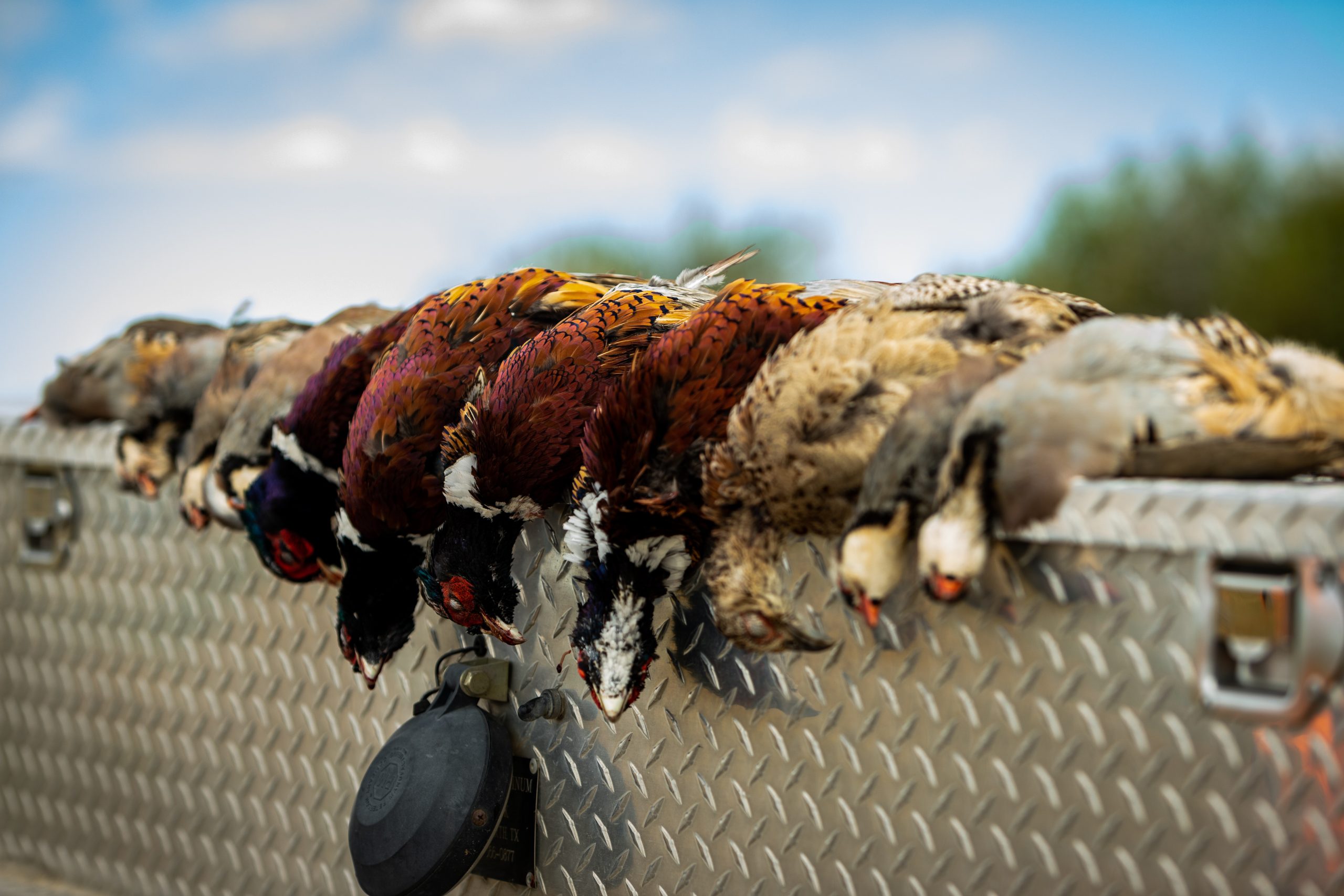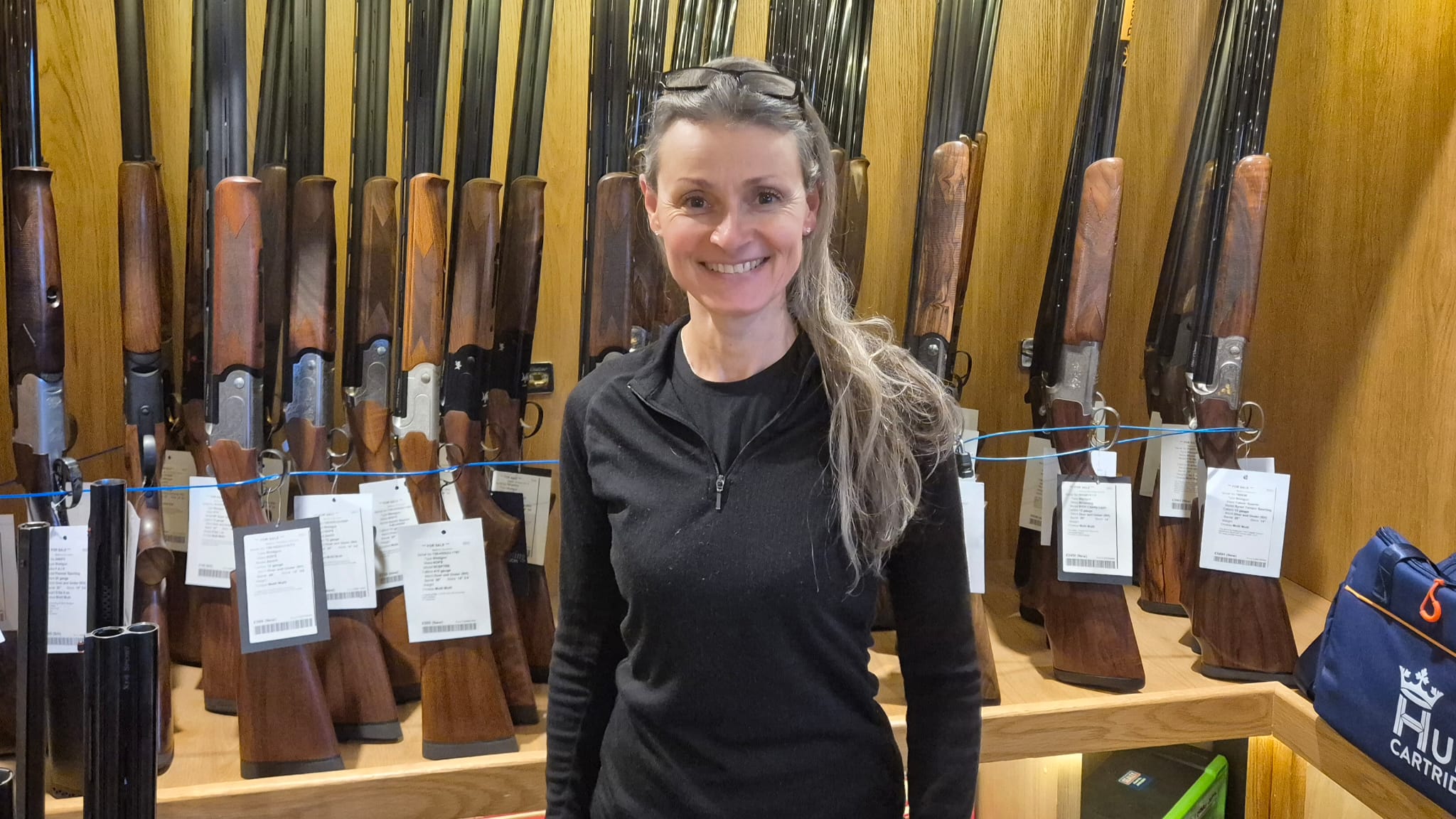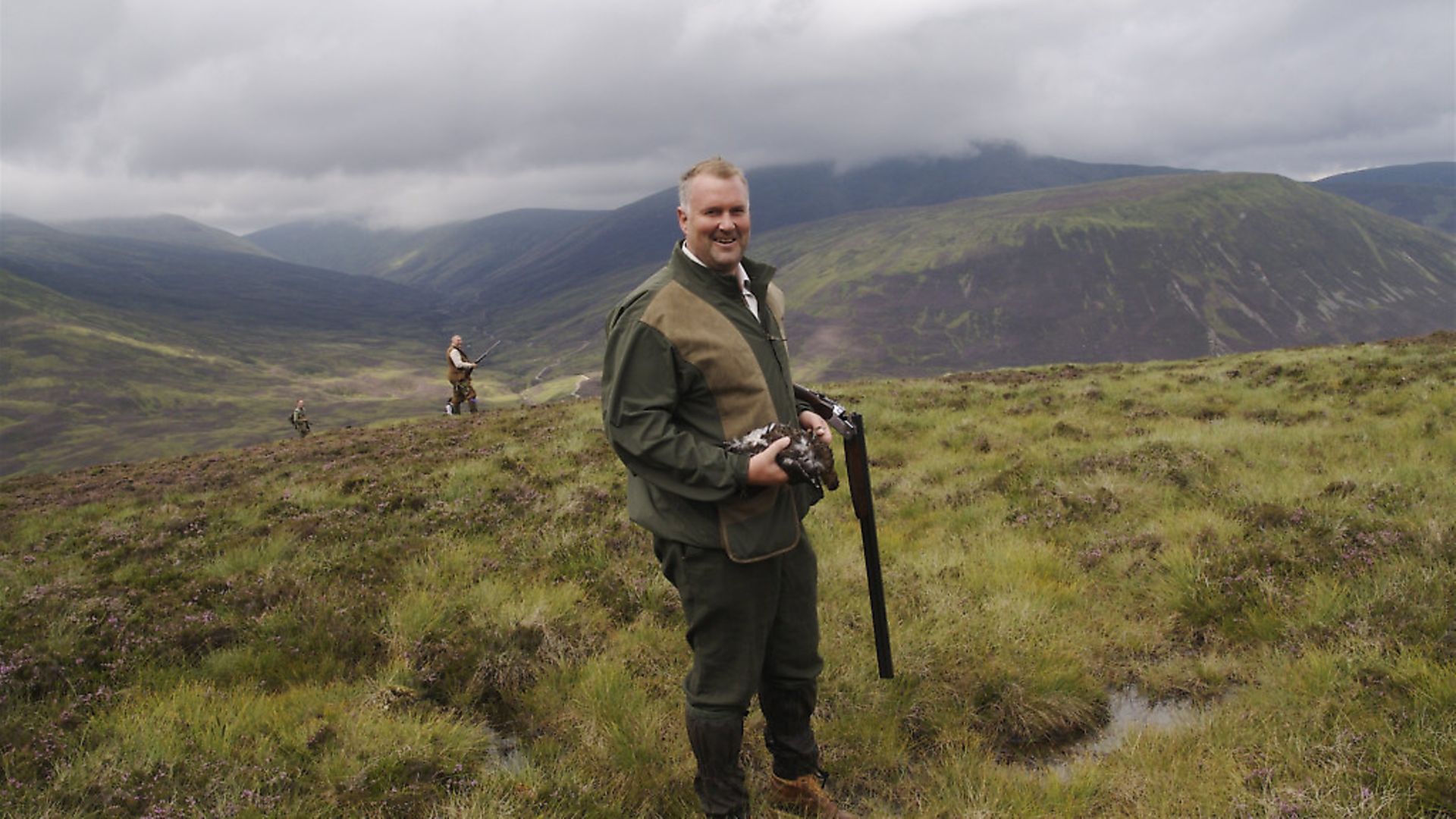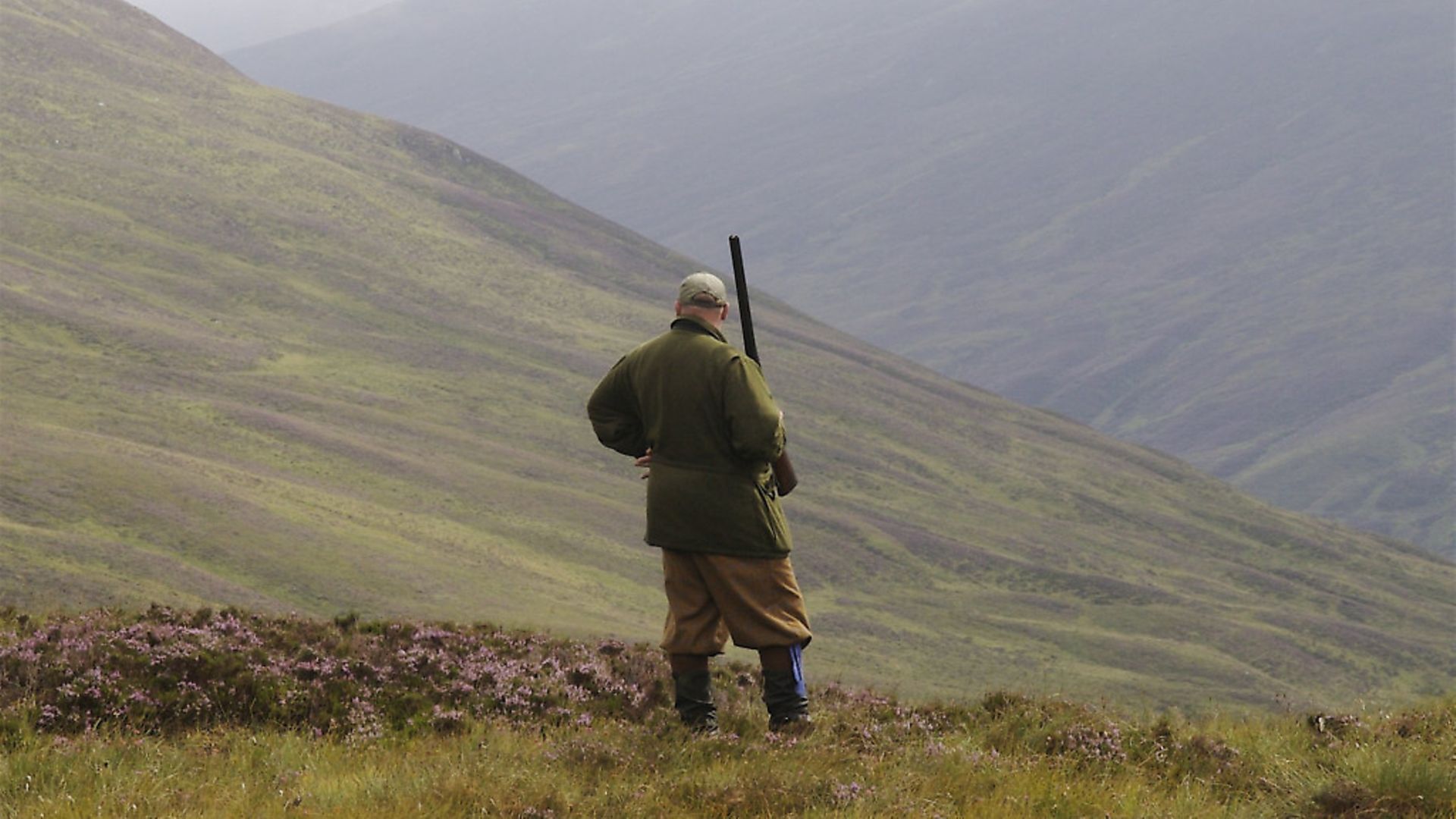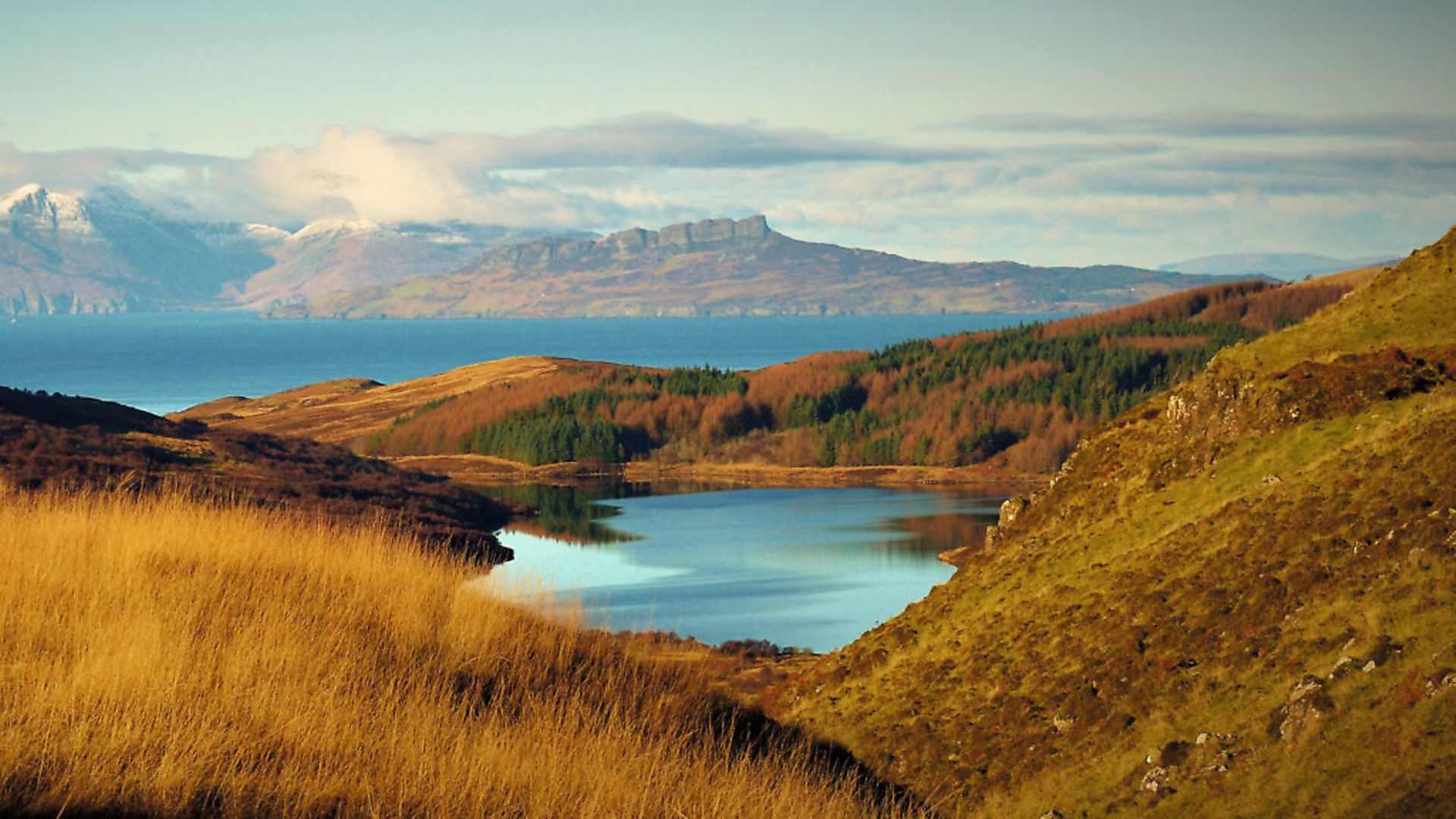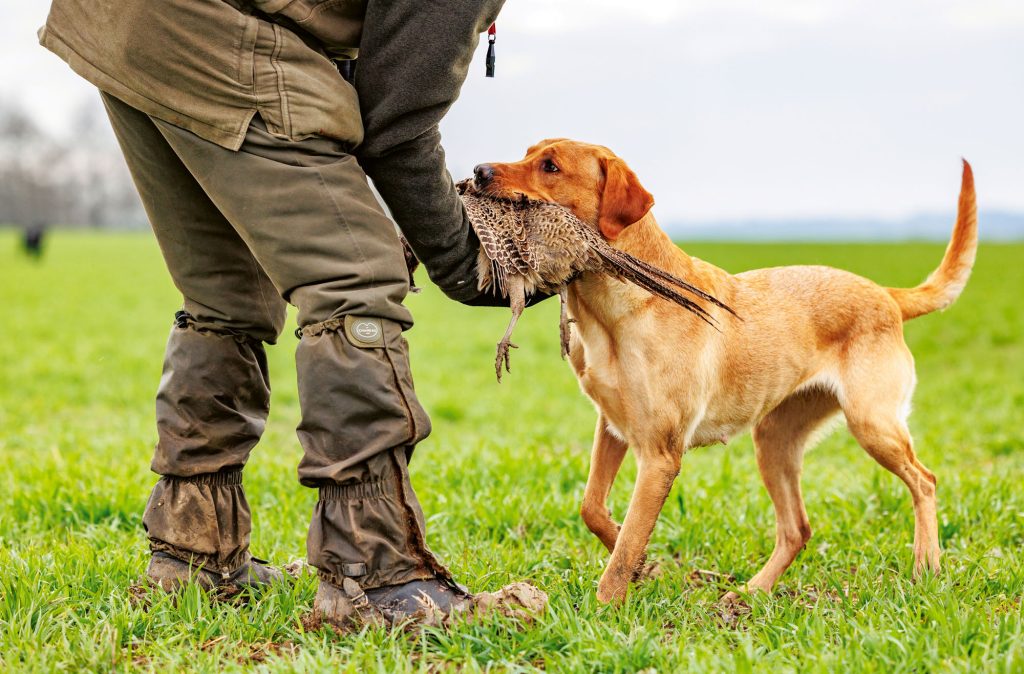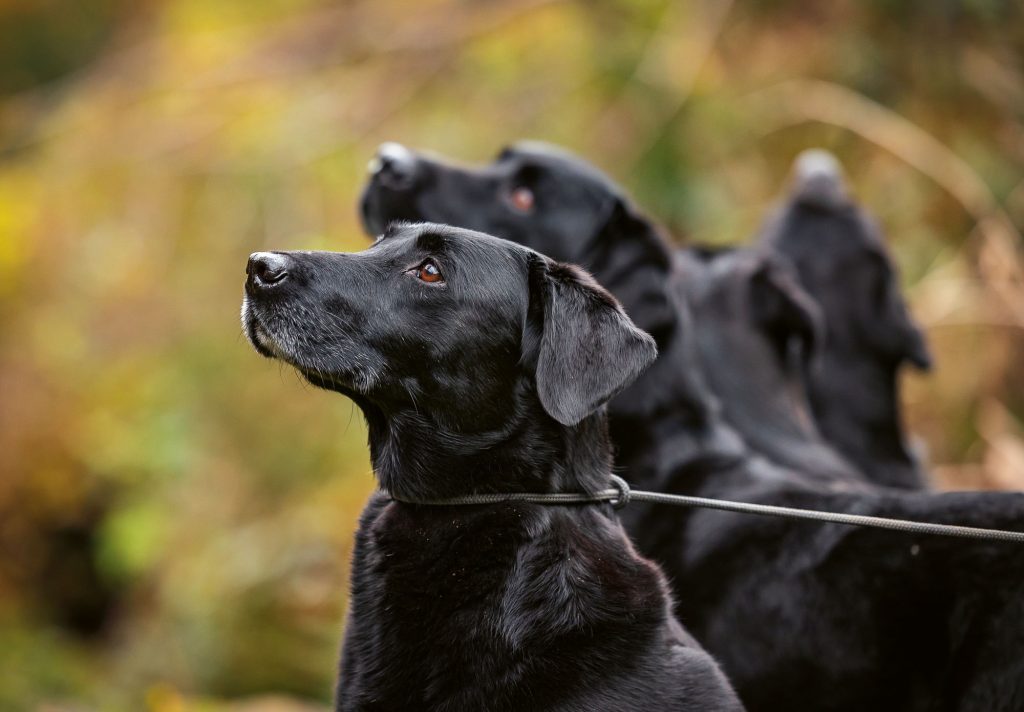Scottish Land Reform – what’s it all about?
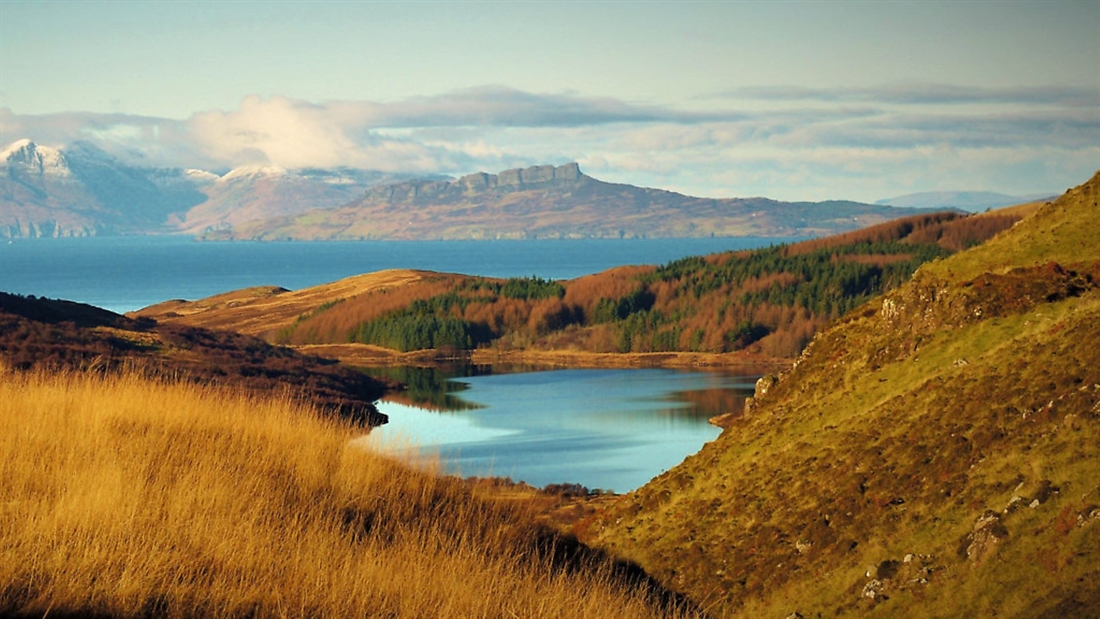
Helena Venables looks into the Scottish Land Reform – how it has come about; what it means in practice; and why shooters, countryside organisations and rural workers are up in arms about it
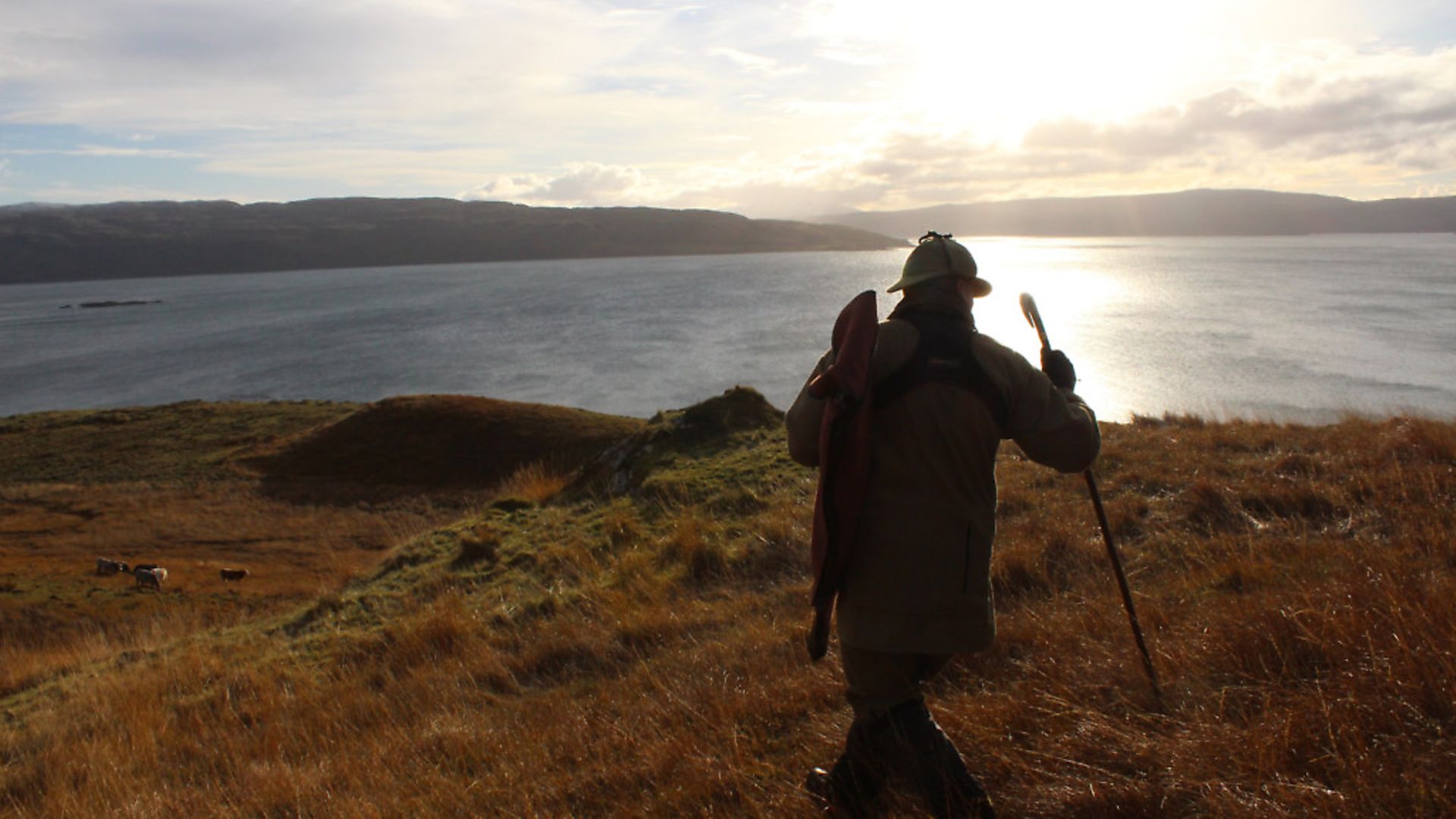
On 1 April this year the sporting rate tax was reintroduced for ‘shootings’ and ‘deer forests’ in Scotland. The tax forms part of the Land Reform (Scotland) Act 2016, which was given Royal Assent on 22 April last year. The Act, which has the basic premise that land should benefit everyone, not just a privileged few, has been described dramatically as “the battle to decide who owns Scotland”.
The aim
In brief, the new Land Reform Act aims to widen ownership of land throughout Scotland; currently around 432 private landowners own 50% of the country’s private rural land. The Scottish National Party (SNP) wants change and the new legislation is accompanied by the Scottish Land Fund, which opened on 1 April this year and makes £10m available to help community buyouts.
As well as the reintroduction of sporting rates the Act also introduces increased transparency of land ownership, gives further powers to Scottish National Heritage (SNH) on deer management, brings in a Land Commission and a Land Rights & Responsibilities Statement, and a community right to buy to facilitate sustainable local development (which does not require a willing seller). Much of the Act also covers agricultural holdings legislation.
Divided opinion
Not surprisingly the Land Reform Act, and specifically the parts on deer management and the reintroduction of sporting rates, has caused consternation among countryside and shooting organisations, landowners, farmers, gamekeepers, ghillies, shoot owners, deer managers, shooters and rural workers.
According to Julia Stoddart, head of policy at the Scottish Association for Country Sports (SACS), Scotland’s biggest country sports organisation, “the statistic that fewer than 500 people own more than half of Scotland is highly objectionable to many people in Scotland, including the current SNP administration. This is viewed as holding back Scotland as a country, with the resulting economic, social and environmental inequity considered anachronistic in the 21st century. Many people, however, do not agree that this is the case; it is a divisive issue.”
Divisive it is, especially if you canvas opinion from those involved in land ownership, management and use in Scotland. Sensible change is inevitable but many believe landowners should be encouraged to enter partnerships with communities, as many have already done, as that would bring benefits in terms of investment and employment. Instead the SNP appears to want to than sweep aside viable estate businesses that are owned and funded by talented people, who often subsidise them out of their own pockets.
Falling on deaf ears
Despite concerns being raised in many quarters during the consultation process, it appears that the Scottish government has not listened.
Katy Dickson, senior policy officer at Scottish Land and Estates (SLE), which represents landowners across Scotland, explains that the organisation has spent many years making contributions to the land reform debate at the same time as representing its members’ interests. “Our involvement has included responses to consultations; evidence during the Bill; visits for politicians to increase understanding of rural issues; supporting members to make individual representation; participating in stakeholder working groups; and meeting politicians from all parties. Some of our concerns were heard but on issues such as sporting rates and agricultural holdings, where evidence didn’t suit the political rhetoric, our concerns were not listened to.”
Jamie Stewart, director of the Scottish Countryside Alliance, agrees that the Scottish government has been deaf to valid objections. “We have worked alone and in association with other organisations to present evidence to stop or at least mitigate the projected impact of land reform on rural communities and businesses,” he said. “Whilst we have always championed rural communities and supported them through direct lobbying on key issues, we do not support the aggressive nature of land reform and the threat of the removal of land from one owner in favour of another, perceived or otherwise. We have engaged with cabinet secretaries, MSPs and associated committees directly and indirectly linked to land reform. There have been few concessions from Scottish government.”
The potential break-up of sporting estates through the ‘right to buy’ is also a great worry, as Jamie Stewart states: “The plaudits from the SNP and its backers including words such as ‘radical’, ‘transformative’, and ‘a new dawn for land reform’ means the general public have been mis-sold a vision of Scotland as Shangri-La, an earthly paradise where money grows from every heather shoot.
“In reality, the break-up of Scotland’s sporting estates would see them lose economic viability, if they had any in the first place. The environment would suffer with the loss of land management, biodiversity and a direct impact on our wildlife tourism.”
Deer or pawns?
In addition, the further powers given to SNH on deer management and the reintroduction of sporting rates, last in force in 1994, are also causing much disquiet. On the issue of deer the Act provides SNH, the government agency responsible for deer, the power to require owners to produce deer management plans, most likely in conjunction with deer management groups.
In some ways the ultimate position has not changed in that SNH, which assumed the responsibilities of the Deer Commission for Scotland during 2010, has the power to impose control agreements and control orders – statutory powers set out in the Deer (Scotland) Act 1996 – but there is no doubt that the new legislation increases the role of SNH in deer-related matters.
Niall Rowantree is sporting manager at West Highland Hunting on the Ardnamurchan Peninsula and also manages a number of sporting estates, woodland properties and commercial farms where deer are present. He says wild deer have become a political pawn. “Much of what we have seen in the recent review by SNH disappointed professional wildlife managers. The population densities projected in its report were at best unreliable and created a misleading picture as to what had been achieved by the voluntary approach in the past few years. The increasing demands on deer managers to monitor impacts and the desire to lay blame for all upland deer problems leaves us with little confidence at this stage. I can only hope that maturity will enable those with increasing powers to approach the situation with a can-do attitude. You cannot monitor one single species in the Scottish uplands without taking into account the impacts of other herbivores such as sheep, hares and rabbits. Similarly in woodlands, you have to look at all factors that prevent or restrict the regeneration of natural species before laying blame on deer. In the Sunart oak woodland, for example, alien plant communities present a bigger threat to habitat recovery than deer. In a nutshell, the aspirations of politics should not be allowed to turn our natural resource – deer – into political pawns.”
The new Act does enable assessors to apply a discount to a rates bill for good deer management, but what is good management? For the Forestry Commission, it is no deer; for shooting organisations, deer stalkers and estates it is a healthy surplus population to harvest, and one that does not compromise local biodiversity.
According to Julia Stoddart of SACS, the bigger issue for deer populations is that “the government keeps repeating the mistruth that there are too many deer in Scotland. There aren’t. Undoubtedly, there are areas where there are too many deer, and overgrazing is damaging biodiversity. But there are also areas where the deer have been virtually exterminated, ancient red deer hefts destroyed, and such a small population (if any) left that there is little hope of recovery or recolonisation from neighbouring areas. This anti-deer attitude in the corridors of power is the real threat.”
Rates rationale
An equal depth of concern exists around the reintroduction of sporting rates, with many people believing there was no policy rationale for bringing them back and that the reintroduction was symbolic rather than evidence driven. It is telling that non-domestic rates on shooting and deer forests were abolished in the mid 1990s because the process of valuation was so difficult that realistic rates could not be determined and, as a result, little tax revenue was raised.
A major issue now is that the cost of reintroducing sporting rates could significantly outweigh the financial benefits to the government. Ironically, one of the organisations that will be most heavily affected by the new requirement to pay the tax will be the Forestry Commission in Scotland, a government department. Worryingly the rates will affect all land holdings in Scotland as they are based on the hypothetical sporting value of the land regardless of whether it is shot over or not. There is also a misunderstanding about some landowners who think that cancelling shooting leases will mean they do not have to pay the rates; this is not true. Moreover, while the rate of taxation will be about 46p in the pound, what is not yet clear is how the sporting value of any one piece of land will be assessed.
Nicolle Hamilton, press and policy officer at BASC Scotland, comments on the many unknowns: “Small shoots may benefit from small business rates relief but larger estates will undoubtedly be affected. As we have limited information we do not know what these rates will be or what, if any, relief will be available. BASC members are anxious to know how this will affect their sport. Prices may rise and some shoots may find that they are no longer sustainable and will cease to operate. If this happens, remote rural communities would undoubtedly suffer through reduced employment, lack of trade for rural business and a reduction in investment for conservation.”
Alarmingly, while everyone awaits the valuations, there will undoubtedly be an additional tax burden for those who do not qualify for a relief, which could result in the restructuring of sporting enterprises, the majority of which already run at a loss. According to the 2015 PACEC report, The Benefits and Volume and Value of Country Sports Tourism in Scotland, 88% of shooting and stalking providers surveyed said either that their shoot roughly broke even or ran at a loss, and only 12% of providers reported their shoot as self-financing and profitable.
“There has been no economic or environmental impact assessment on the reintroduction of sporting rates and we are concerned they may decrease investment and employment and have a detrimental impact on conservation efforts,” comments Katy Dickson of SLE. “They could also mean the loss of rural jobs, such as gamekeeping, and will also undoubtedly place a financial strain on the many businesses supported by sporting enterprises, such as game dealers and processors, those in the hospitality sector and others down the supply chain. Once the methodology is established and valuations are published, businesses will be in a better position to plan but only then will the sector’s reaction be known. Shooting rights continue to be untaxed in England, and Scotland is therefore now at a pricing disadvantage.”
Andrew Grainger, project coordinator at the Scottish Country Sports Tourism Group, the national web portal for shooting, stalking, hunting and fishing in Scotland, agrees. “Many sporting providers offer sport at little profit, accepting that it is good for land conservation and provides employment in remote areas. However, the introduction of rates will, in many cases, require an increase in the cost of the sport, making it less competitive in the global marketplace. This would have an adverse effect on attracting tourists to Scotland. Having said that, Scotland will remain an iconic country sports destination able to draw visitors from around the world.”
Julia Stoddart of SACS doesn’t mince her words either. “The reintroduction of shooting rates is pure folly. The Scottish government, having initially wanted to target large commercial shooting enterprises, found that it could not pick and choose and so ploughed on regardless of our warnings that ordinary shooting men and women would be adversely affected. Our warnings have been borne out: several SACS members have called me to say that they have lost their leases because landlords have misunderstood the legislation and believe that cessation of shooting on their land will result in no bill to pay.
“Another worry is that additional costs could mean driven shooting costs rise further to become the preserve of the very rich. This is a concern not just because we want more people to go shooting, but because shooting is much easier to attack when it is viewed as a rich person’s sport.”
Plus points
So far, so negative. Are there any positives to the new Land Reform Act? Katy Dickson points to measures within the Act that SLE has consistently supported: “Mechanisms to increase the transparency of land ownership as well as measures around community engagement are consistent with our Landowners’ Commitment which Scottish Land & Estates published in 2014.” Jamie Stewart of the Scottish Countryside Alliance adds: “We wholeheartedly support the development of land by those who live on it, as opposed to the potential of the resource lying redundant. We also support the ethos of collaboration and would only support implementation of draconian legislation if all else fails.”
Back to a man on the front line, West Highland Hunting’s Niall Rowantree: “As with all human animals each believes that their position is the only possible way forward for Scottish land. Somewhere in the middle ground lies the truth. The challenge for the government now is to map, fund and deliver a route forward which has the majority’s support, be they urban or rural. Alarmingly, this division is more apparent now than at any time in my career.”
The issues and impacts surrounding land reform in Scotland are clearly hugely complex and more so when looked at in the context of other proposals such as rewilding. Not surprisingly, those involved in the management and use of Scottish land feel the Scottish government’s view on land ownership is based more on political rhetoric than on evidence-based, workable change. The recent introduction of airgun licensing in Scotland (where Scottish government ignored the results of a consultation in which 87% of respondents were against licensing and rode roughshod over proven evidence and crime statistics) is testament to an urbanised Holyrood decision-making process that takes no account of reality or reason.
“The question boils down to how do we sustain communities and do without the direct support of wealthy landowners who secure their core income from outside the rural area,” says Niall Rowantree. “And how do we mitigate the conflict from differing land uses, be it predator reintroductions or natural forest expansion, in the face of increasing commercial timber demands… to say nothing of the pressures on agriculture post Brexit? I believe the shooting lobby holds one of the keys and should offer the government support through its members’ skills and knowledge to present credible options of managed wildness to secure the rural economy.”
Sadly, on past evidence it would appear that the current Scottish government would reject such support.

